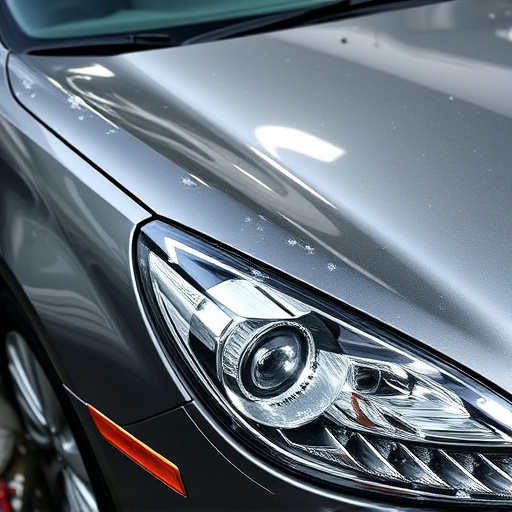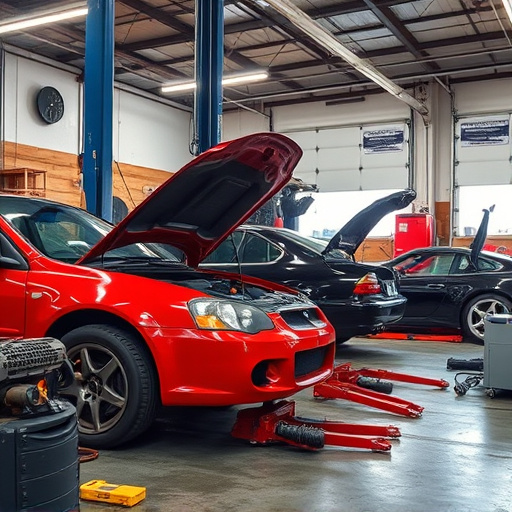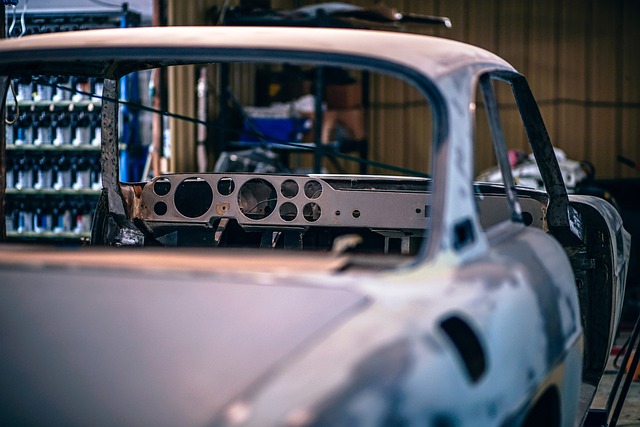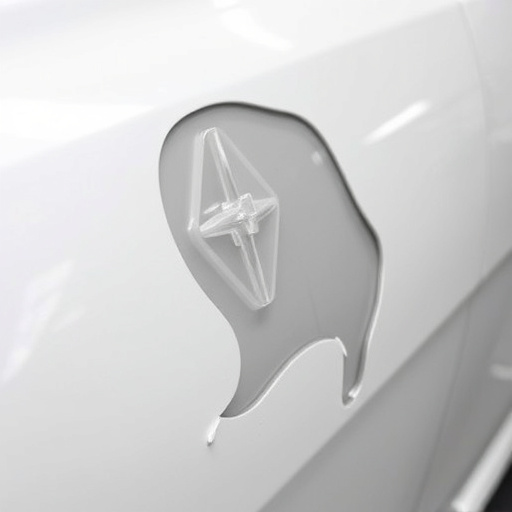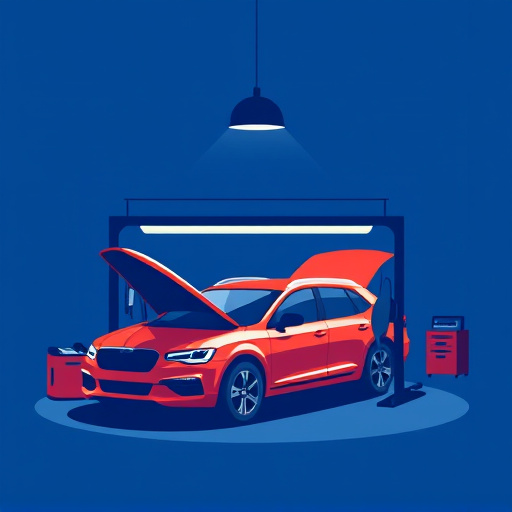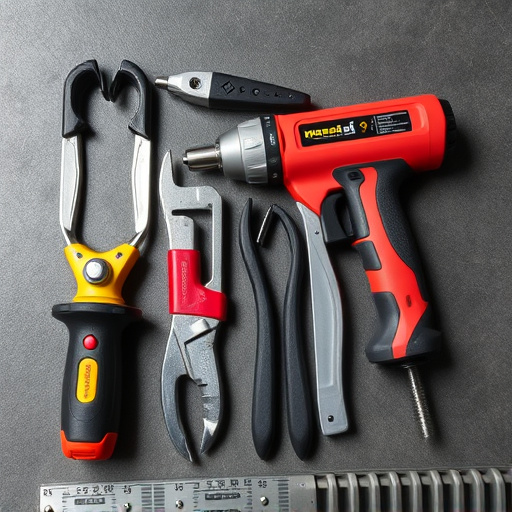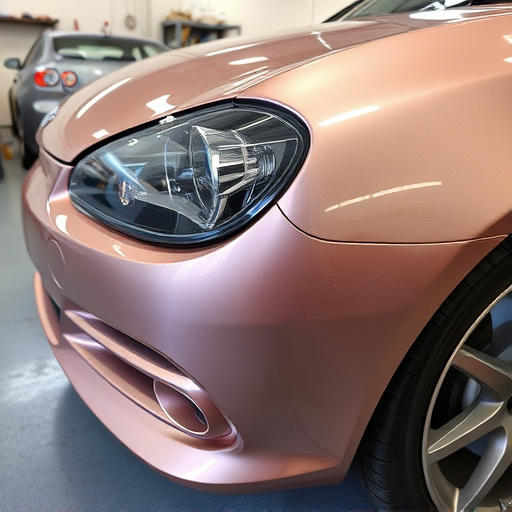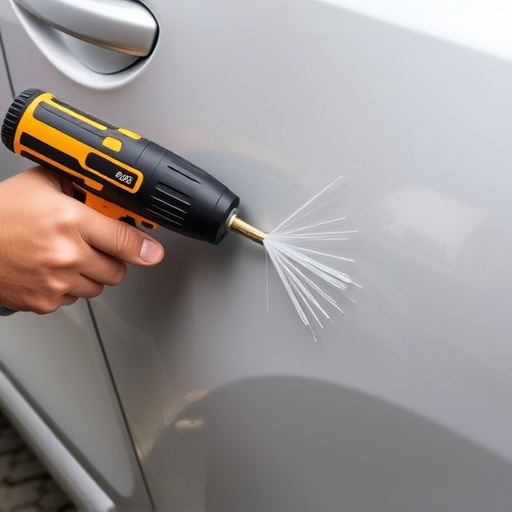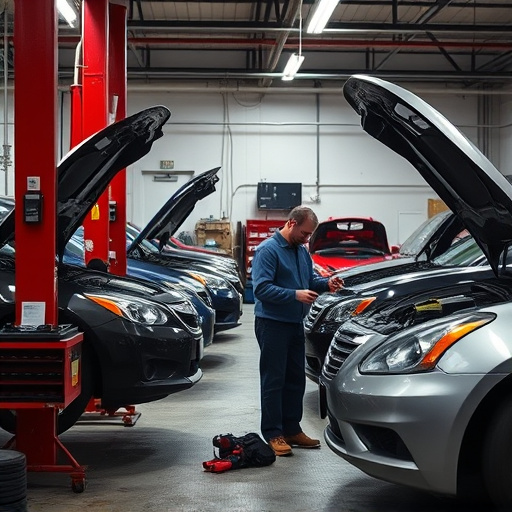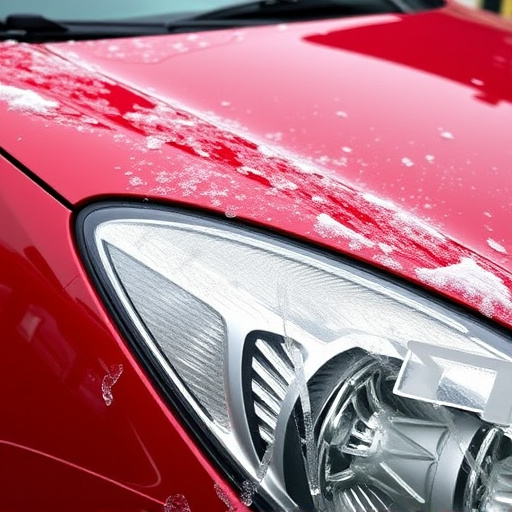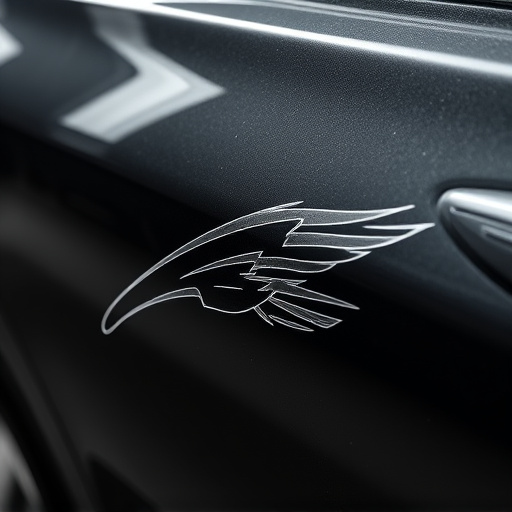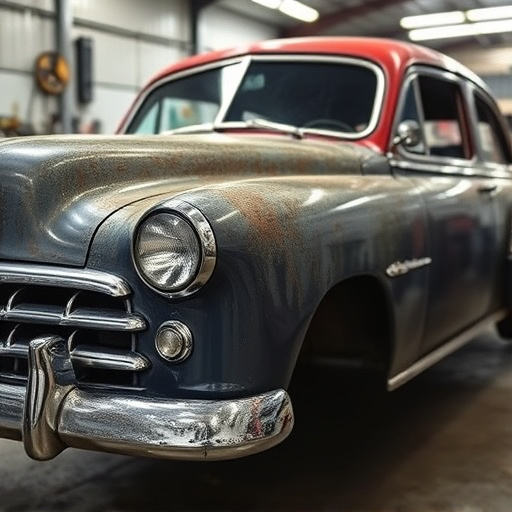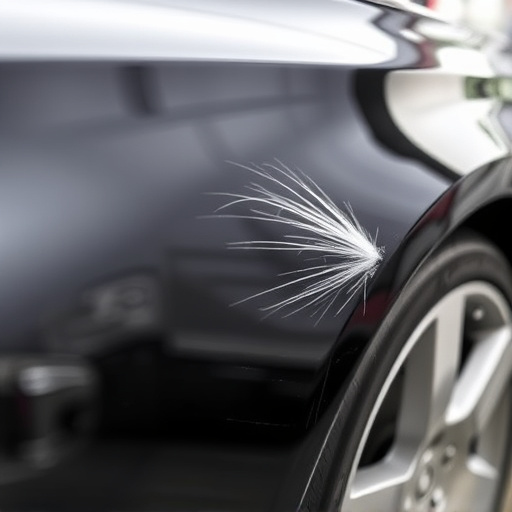Quarter panel replacements are crucial for vehicle aesthetics and safety after damage. Accurate assessment decides between repair and replacement. Choosing compatible, high-quality panels ensures a smooth process. Streamlining workflow with specialized equipment, standardized procedures, and meticulous craftsmanship enhances efficiency in body shops, enabling faster delivery of quality results while meeting customer demands for quarter panel replacement.
Looking to streamline your quarter panel replacement process? This guide offers invaluable tips for efficient workflow management. First, understand common causes of quarter panel damage for informed decision-making. Next, learn how to choose the right replacement panel by considering key factors. Finally, discover strategies to optimize the replacement process, ensuring swift and effective repairs. Master these steps for seamless quarter panel replacement.
- Understanding Quarter Panel Damage and Common Causes
- Choosing the Right Replacement Panel: Factors to Consider
- Streamlining the Replacement Process for Optimal Efficiency
Understanding Quarter Panel Damage and Common Causes
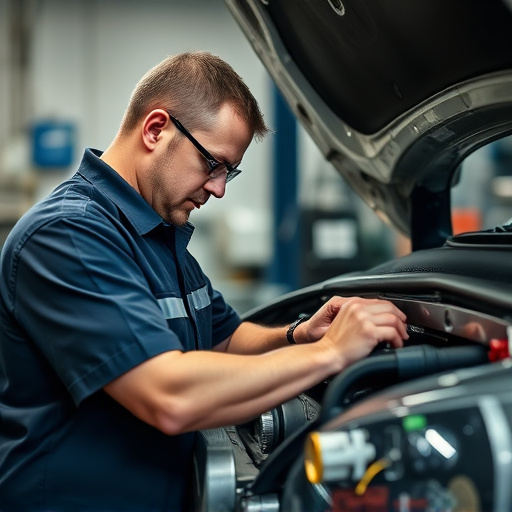
Understanding Quarter Panel Damage and Common Causes
Quarter panels are a vital component of any vehicle’s exterior, and their damage can significantly impact its overall appearance and structural integrity. Whether caused by minor dents, deep scratches, or severe collision damage, quarter panel replacement is often necessary to restore the car to its original condition. Common causes of quarter panel damage include accidents, parking lot bumps, and road debris, such as gravel or metal shards. These incidents can lead to both cosmetic issues like denting and painting problems, as well as structural weaknesses that may compromise the vehicle’s safety.
For efficient workflow management during a quarter panel replacement, it’s crucial to identify the extent of the damage accurately. This involves a thorough inspection, which can help determine whether the panel needs to be repaired or completely replaced. In many cases, minor dents and dings can be effectively remedied through bumper repair techniques, whereas more severe damages may require complete automotive restoration. Proper assessment is key to ensuring that the chosen method—whether it’s collision repair or a straightforward quarter panel replacement—is both cost-effective and aesthetically pleasing.
Choosing the Right Replacement Panel: Factors to Consider
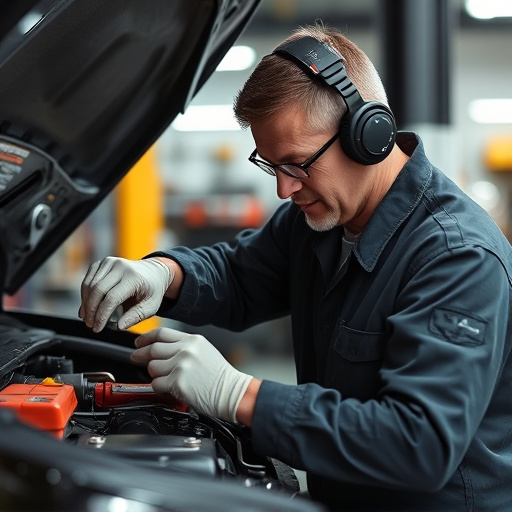
When considering a quarter panel replacement, selecting the right panel is paramount for an efficient workflow. Several factors come into play here. First and foremost, ensure compatibility with your vehicle’s make and model. Different cars have unique quarter panel designs, so using the exact match will simplify installation and guarantee a seamless fit. Additionally, consider the material of the replacement panel—it should align with the original equipment for both aesthetic and structural integrity.
Another critical aspect is the condition of the existing quarter panel. Assessing damage, corrosion, or wear can help determine if a repair or complete replacement is needed. For minor dents or scratches, car scratch repair techniques might be sufficient, but for extensive damage, a full quarter panel replacement may be more practical. Fleet repair services also benefit from this consideration, as maintaining a consistent vehicle restoration standard across a fleet requires efficient and accurate part selection.
Streamlining the Replacement Process for Optimal Efficiency

In the realm of automotive repairs, especially when tackling a quarter panel replacement, streamlining the process is key to maintaining an efficient workflow in any vehicle body shop. This involves employing strategic techniques and tools that facilitate a smoother, faster, and more precise transformation from damaged to restored. For instance, utilizing specialized equipment designed for quarter panel replacement can significantly enhance productivity while ensuring meticulous craftsmanship.
Furthermore, a well-organized and standardized procedure ensures that every step of the fender repair and car paint services is executed with consistency and efficiency. This includes pre-planning, gathering all necessary materials, and implementing a systematic approach to disassembly, repair, and reassembly. By optimizing these aspects, a vehicle body shop can minimize downtime, reduce errors, and ultimately deliver high-quality results faster, satisfying customers’ needs promptly.
When it comes to efficient quarter panel replacement, understanding damage causes, choosing the right panel, and streamlining the process are key. By considering factors like compatibility, quality, and your shop’s workflow, you can ensure optimal efficiency, reduce downtime, and deliver top-notch repairs that satisfy customers. Implement these tips for a smoother, more effective quarter panel replacement process.
